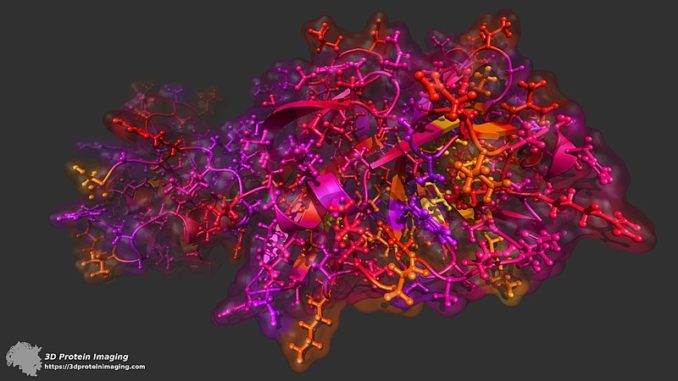
Coronaviruses are a specific form of virus, so named because of spiky protrusions along their membranes. The protrusions form a crown-like or crenellated look. This puts them in a distinct family of viruses; some examples are the newsmaking one which produces Covid-19, another which causes MERS (Middle East Respiratory Syndrome, which had a comparatively small outbreak in 2012), another which causes SARS (Sudden Acute Respiratory Syndroms) and some versions of the common cold.
Influenza, including H1N1, is not a coronavirus. It comes in various types (H1N1 is in the Type A group) and triggers many of the same symptoms that the current coronavirus creates, albeit to a lesser degree.
Comparing the two is akin to comparing passengers of two car accidents without wearing seat belts, one at 15 miles per hour and one at 40. There are the possibilities of lasting injury and death for both diseases, but the likelihood of damage is far higher in the second example.
This has led to a desperate scramble for both a cure and a vaccine. Any clinical trial and authorization of a vaccine is months away, but a cure could theoretically come at any time. High on the list of contenders is hydroxychloroquine, often in conjunction with azithromycin.
A drug developed for use against Malaria, a theory had developed in the 1990s that it might be useful against AIDS. Large-scale trials were performed, after it was promoted as a potential cure. The results were less then spectacular, but they were not a complete failure. Various forms of chloroquine have been demonstrated to inhibit the development of HIV strains when administered in high doses to infants; the kids still have HIV, but the development of AIDS is slowed, as demonstrated by controlled trials recorded by the National Institute of Health.
After its admittedly limited success with AIDS, researchers attempted to use it against other viral infections, and it demonstrated strong measures of success against MERS at the cellular level. Human-level trials of the drug were not conducted against MERS, as a combination of other treatments and preventative measures stemmed the outbreak before such trials were needed.
Because they are both coronaviruses, the potential success of the drug against MERS – demonstrated, again, on the cellular level – led some researchers to attempt its use against Covid-19 (SARS-CoV/CoV-2).
The Canadian drug registry explains why Chloroquine may be an effective treatment: “Hydroxychloroquine inhibits terminal glycosylation of ACE2, the receptor that SARS-CoV and SARS-CoV-2 target for cell entry.”
In other words, the stuff that the coronavirus likes to attach itself to is reduced via hydroxychloroquine (and the more damaging “regular” chloroquine.)
This is absolutely hopeful. What it does not indicate is that it is a cure. The likeliest positive outcome is that its administration in a controlled fashion (because it is still fatal in doses even mildly larger than the amount required for a benevolent effect) can reduce the severity of symptoms… and that alone will be a cause for celebration, if it bears out. It (or other potentially helpful drugs) will allow us to “flatten the curve” when used in conjunction with other methods of controlling the virus. Reducing the number of people on ventilators or in ICU beds will drastically reduce the mortality rate.
That is the benefit of the drug… and it has a twin, a danger born of ignorance. Because the myth of the drug is that it is a cure. This is what has been suggested by the President, what has been promoted on Fox and other news sites, and now what has been distributed in a video from President Jair Bolsonaro of Brazil that Facebook has pulled (per BBC News). With a cure in place, the crisis is over. People who contract the disease can simply go to the doctor, get a pill or a regimen of shots, and be fine. Life can go back to normal.
If such a mentality takes hold, the benefit of the drug is eradicated; far from “flattening the curve”, it will increase the transmission of the disease and risks making the eventual death toll higher. We’ve got a handle on a potentially good development in the fight against the disease. Responsibility needs to be demonstrated if we are to reap any benefit.
